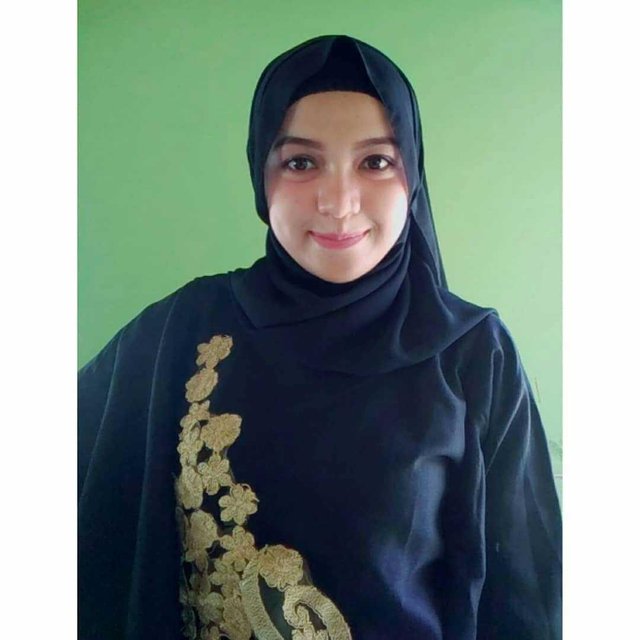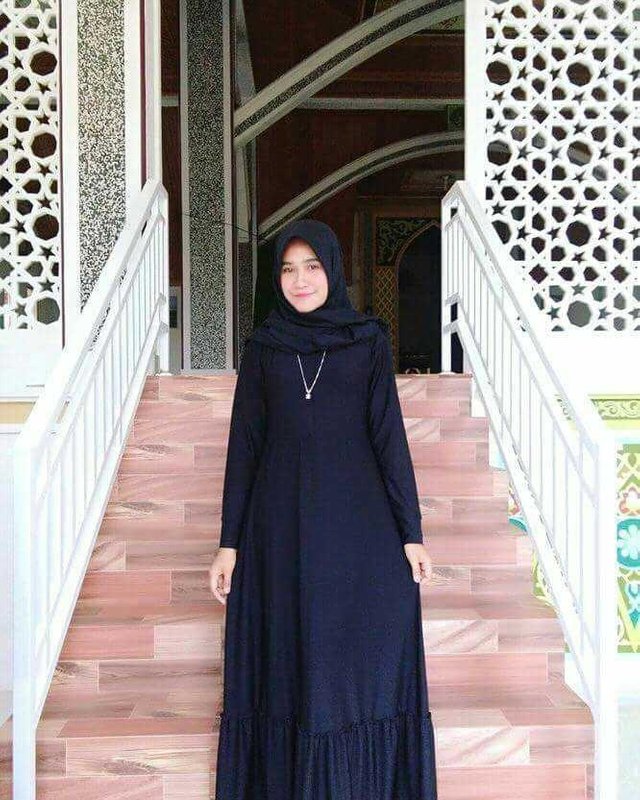understanding hijab
understanding hijab jilbab

the mention of Hijab and Jilbab is very common. Both of these names are used to refer to the Muslim women's headscarf. Although many models and types of head coverings, but almost the general public will still call it as Hijab or Jilbab.
In fact, Hijab and Jilbab have different definitions. Likewise with Khimar, Veil, and some other types of Muslim head coverings.
To be more clear, here is the understanding of the types of Hijab you need to know:
1. Hijab
Hijab in Arabic means barrier. While in Islamic scholarship, hijab itself refers to the appropriate dress code and close aurat according to the religious shari'a.

Some people think that every hijab is a Hijaab. But not all Hijab is Hijab. As explained above, Hijab is derived from the word hajaban which generally means covering something. Can be a border curtain, mosquito net, divider board, or other aling-aling.
2. Jilbab
The hijab is a loose robe that extends all over the body to the ground so as not to form the curve of the body as it is stated in Allah's command in Al-Quran Al-Ahzab verse 59: "Let them stretch out their veil to all their bodies, The hijab also usually covers the entire body except the hands, feet and face.

3. Khimar
Khimar, or in the Qur'an called Khumur, is a cloth that covers the head, neck and stretched to cover the woman's chest from behind or from the front including covering the collarbone, Khimar had to stick straight from the head until the whole chest was covered.

4. Veil
Almost similar to Khimar, but the veil is not recommended in Islam. Therefore, the design of the hood just as a head covering and not long enough to cover the chest, neck and curves of the wearer.

5. Niqab
Is a veil that covers the head and almost all parts of the face, except the eyes. Niqab is long enough to cover the neck, face and chest.
nice post
thanks you@rajpoot